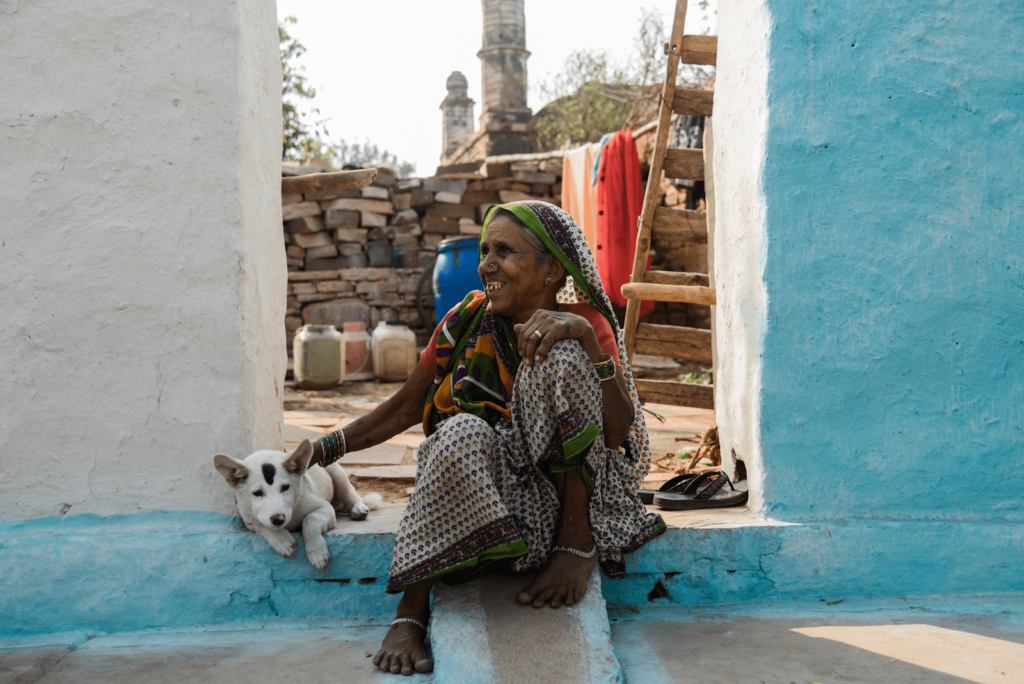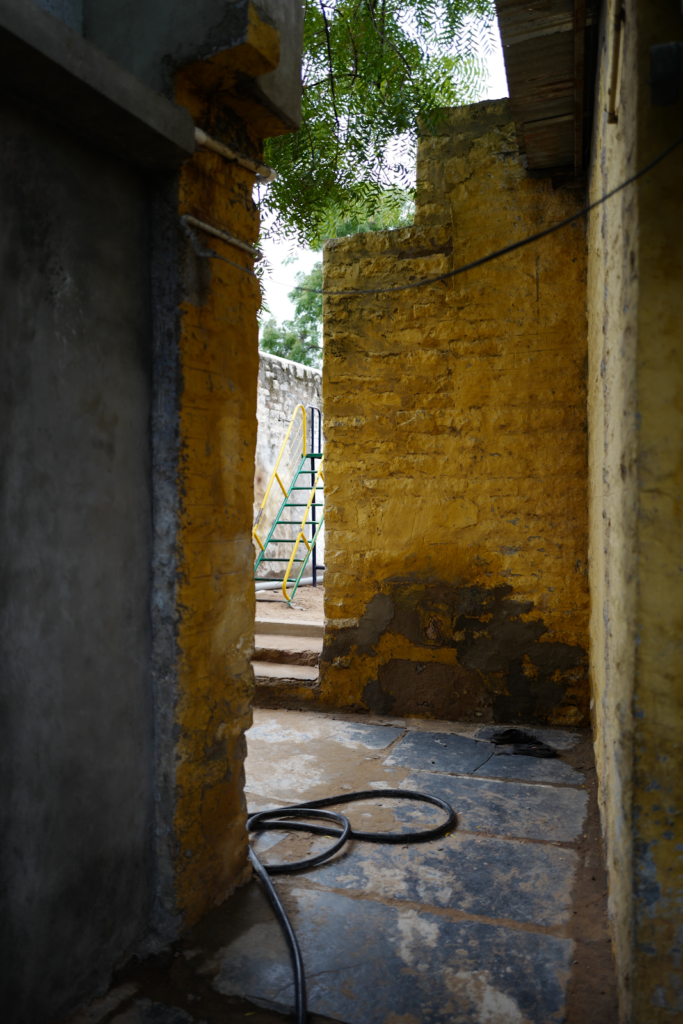As COVID-19 ravages cities and towns across India, millions suffer in silence from high levels of stress, anxiety, depression and other severe mental health issues
COVID-19 is undoubtedly the health crisis of our time. But while much attention has been paid to the virus’ physical health impacts and the economic toll of the nationwide lockdown, another crisis has been quietly spreading under the surface: that of poor mental health. Mental health helplines operated by government and NGOs have recently received a deluge of calls, with individuals reporting high levels of anxiety, stress and depression. A study released by the Indian Psychiatry Society on March 25, revealed a 20% increase in those suffering from mental illness. IPS reported that overall at least one in five Indians suffering from some level of mental illness.
With deteriorating conditions as a result of lockdown, the overall scope of the mental health crisis in India may be much larger than researchers can currently measure. Without a coordinated government and social sector response, millions of Indians are at risk for long-term suffering.
Mental health care in India was lacking pre-COVID
According to India’s National Mental Health Survey 2015-16, 10.6 percent of India’s 1.4 billion citizens suffered from mental health disorders including neurotic and stress disorders, psychotic disorders, bi-polar disorder, depression and substance-abuse issues. This number, while already quite high, largely excludes those without a formal diagnosis, increasing the likelihood that the real incidence is notably higher. The report also highlighted a lack of access to mental health care, reporting that 80% of surveyed patients were not under medical treatment. Barriers to mental healthcare access in India are significant and include widespread stigma, insufficient financial resources to pay for care as well as a notable lack of mental health personnel. A study in the India Journal of Psychiatry reported a rate of .75 psychiatrists per 100,000 patients, well below the World Health Organization’s suggested 3 per 100,000 patients.
COVID-19 and the nationwide lockdown exacerbate existing mental health issues
The rapid spread of COVID-19, widespread misinformation about the virus and a nationwide lockdown imposed with little warning have threatened the mental health of millions of Indians across the country. With new cases increasing by the thousands each day, many people have found themselves increasingly anxious and stressed. Fear of contracting the disease has also been compounded by a lack of access to reliable information. With false news reports spreading on platforms such as Whatsapp, and leaders promoting unverified treatments and cures, many struggle to remain informed about proper behaviors and actions to follow.

Weeks of lockdown and self-quarantine have also caused a significant rise in feelings of isolation and depression. A review from earlier this year on the psychological impacts of extended quarantine found that quarantined individuals were “significantly more likely to report exhaustion, detachment from others, anxiety…irritability, insomnia, poor concentration and indecisiveness, deteriorating work performance.” Most of India’s population has been stuck at home for more than six weeks with very little outside contact. Such prolonged social distancing is causing loneliness and feelings of hopelessness in people of all ages.
The last two months have also ushered in the greatest economic contraction in modern history and a record spike in joblessness. This financial crisis is inflicting a great deal of uncertainty and stress on countless Indians, many of whom already faced some degree of financial instability. Following the 2007–08 global financial crisis, for example, many countries saw higher rates of anxiety, depression, and substance abuse. With growth forecasted to shrink to less than 1% in 2020, many are at risk.
In addition to those with newfound deterioration of mental health, this situation has exacerbated the condition of those already suffering from mental illness. With movement severely restricted and many medical resources diverted to treating COVID-19 patients, those with existing mental illness are struggling to receive proper care. Lack of access to essential medicines and counselors ensures that mental health needs go largely unaddressed.
Women and rural communities are particularly at risk
Embedded societal inequalities translate into mental health inequalities. This leaves vulnerable populations, and women in particular, the most at risk. Self-quarantine and lockdowns have saddled Indian women with increased care responsibilities as more time is spent at home. Data from the Organisation for Economic Cooperation and Development (OECD) shows that Indian women do almost six hours of unpaid care work each day. Indian men spend on average less than an hour doing the same.

This increased time spent at home, working and caring for the family, significantly increases the physical and emotional burden on Indian women. For many women, more time at home also means more time spent with an abusive partner or relative. Multiple NGOs have warned of a rising number of domestic violence cases resulting from lockdown. With significantly restricted movement, many of these women cannot pursue help and flee dangerous domestic arrangements.
Progress requires a coordinated government and social sector response
Improving mental health during and after COVID-19 will be a difficult process. At the moment, many actions are limited by restrictions resulting from the virus. Any successful intervention will require the partnership of social sector actors with expertise in supporting vulnerable populations and central/ state governments with infrastructure and reach to support programs. The first step must be widespread education about the virus and its mental health consequences. Providing consistent, accurate information about symptoms, treatments and preventative steps to avoid contracting the virus will not only drown out the misinformation spreading on social platforms, but also quell the anxiety and fear pervading communities with little access to information. Mental health education can also give recognition to and promote deeper understanding of symptoms and feelings that so many are experiencing.

Next, organizations need to work to ensure equity in access to mental health resources. As much of in-person care and outreach moves online in response to reduced mobility and social distancing guidelines, those without consistent access to the internet are largely excluded. While low-tech solutions like mental health helplines are a great start, more needs to be done to ensure that all are able to take advantage of necessary resources.
Finally, once mobility becomes less restricted, organizations need to develop more community-based outreach solutions that bring support to those most in need. One great example of a solution is the Accredited Social Health Activist (ASHA) model, where trained volunteers focus on physical and mental health, and connect those in their communities to the care that they require. Particularly for those living in slums and villages, a solution that brings care and connection to where it is needed will ensure that no one is forgotten.
The most effective way to address the current mental health crisis, and prevent a future one, is to invest more money and research into a robust system of care and support. We are currently faced with a unique opportunity to address mental health as part of a larger response to COVID-19 and the virus’ economic fallout. If we do not act soon, India risks aggravating a second health crisis, the impacts of which will ripple through society for years to come.
Written By: Maura Heinbokel



